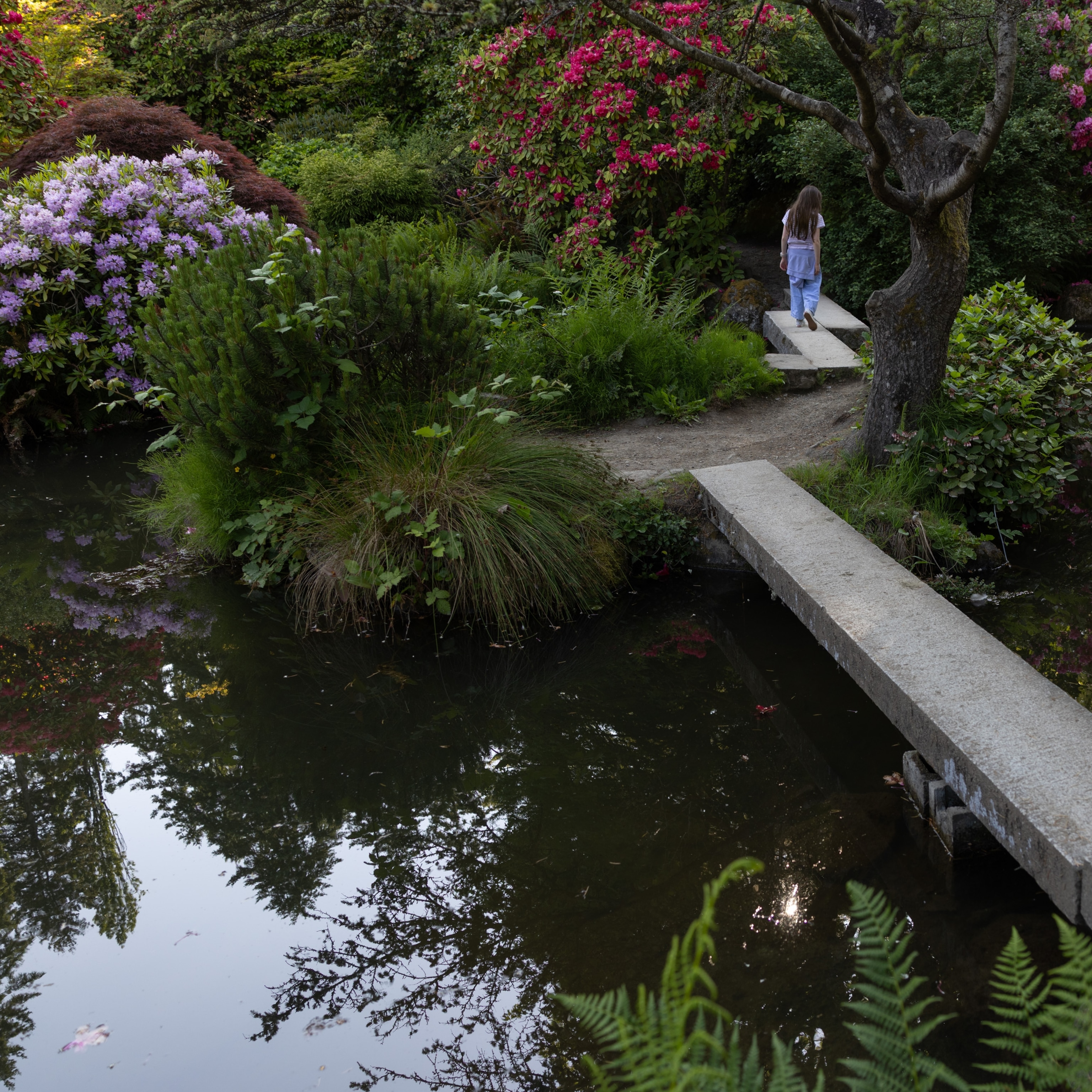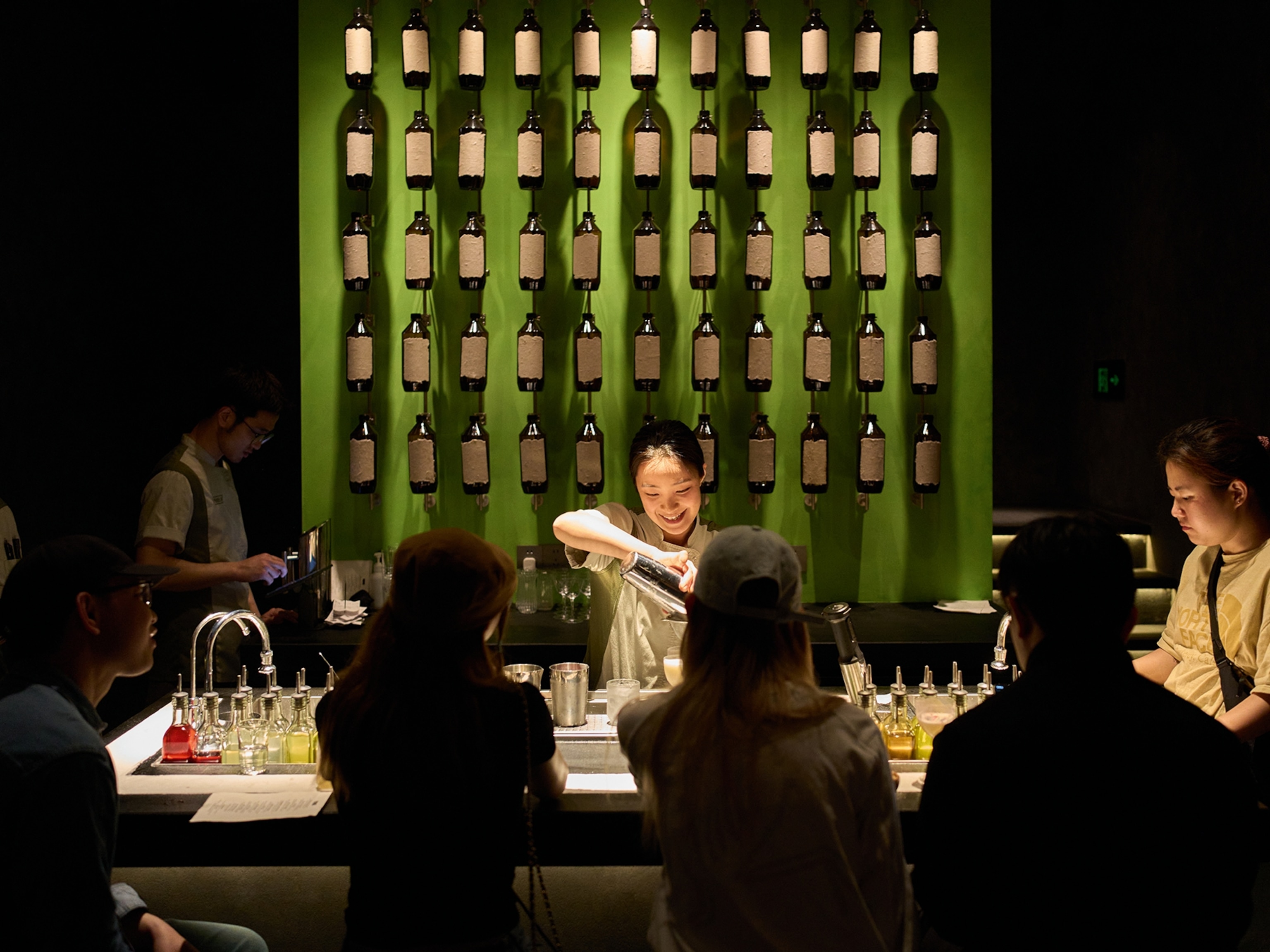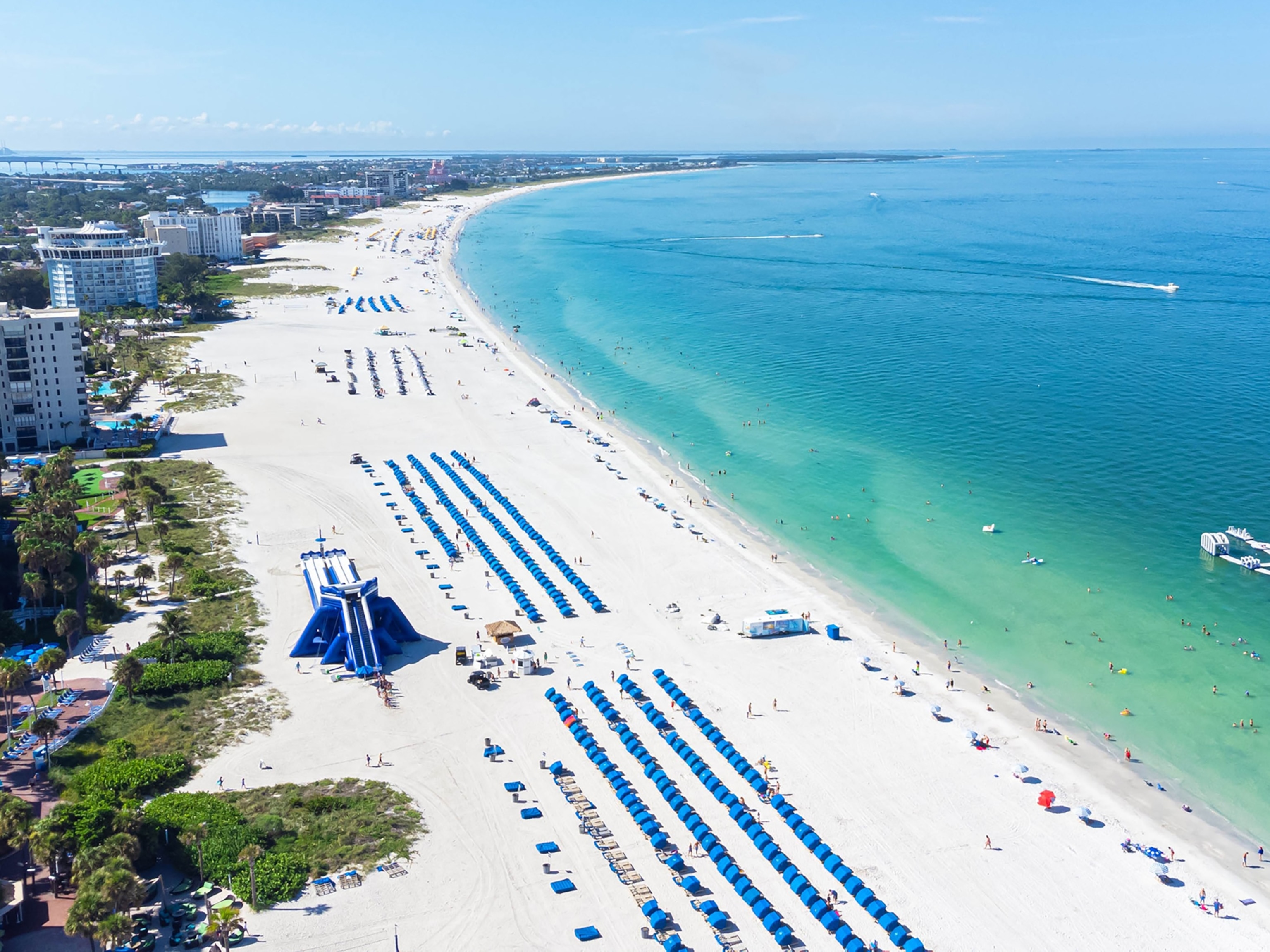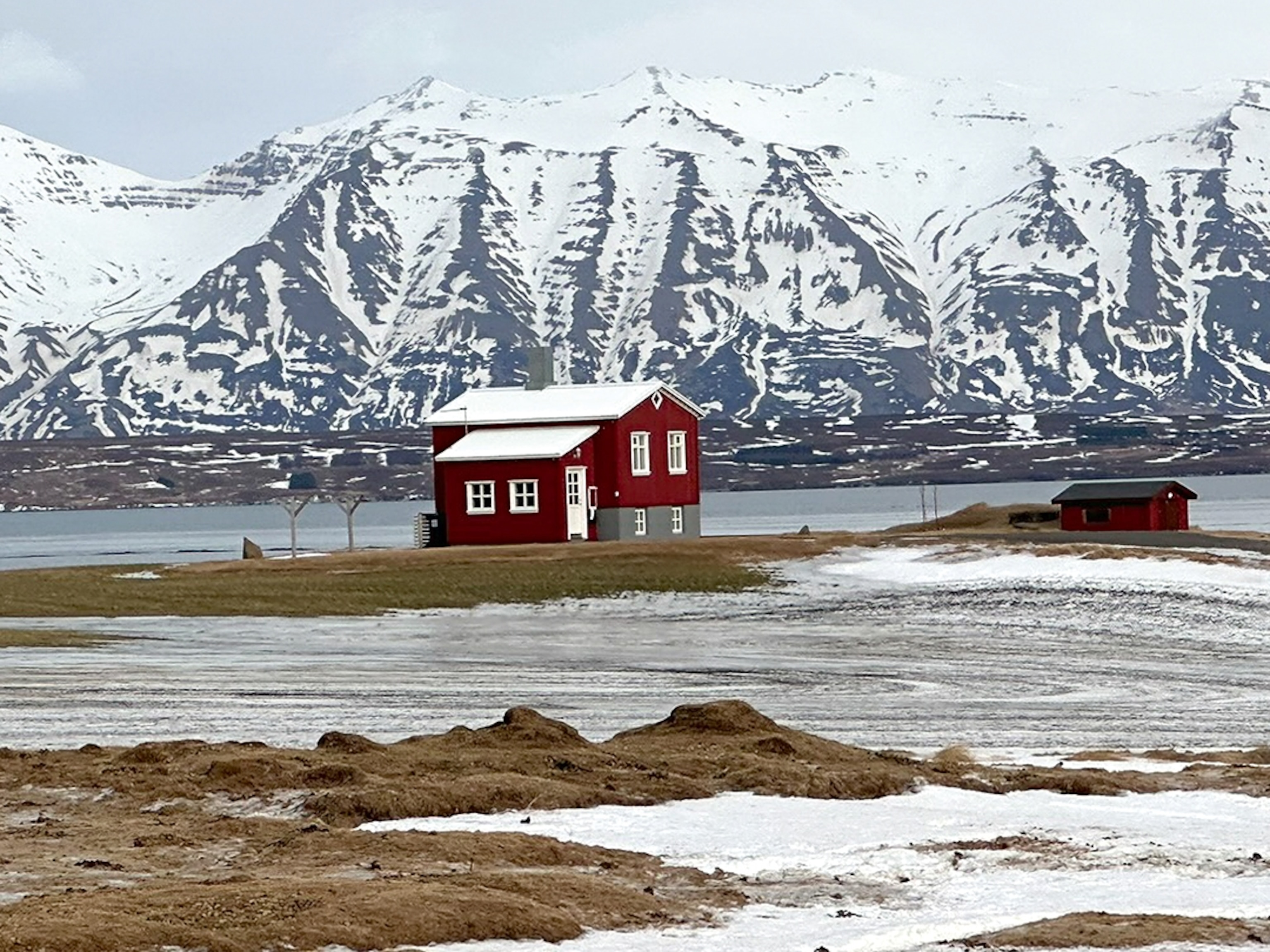Dutch tulip farmers are hoping for a post-pandemic boom
The COVID-19 pandemic gutted the floral industry in the Netherlands. Things are blooming again this year.
The Netherlands, which produces some 90 percent of the world’s tulips, has seen its renowned floral market wilt before. The most famous instance was back in the 1630s, when tulpenmanie (tulip mania) meant the value of a single flower bulb soared up to 10 times the average worker’s annual income before the market suddenly crashed in 1637.
Prices didn’t exactly bottom out in the spring of 2020, when the COVID-19 pandemic forced borders to snap shut. But lockdowns and market closures meant the worldwide demand for the country’s famed flowers and bulbs dropped significantly. Dutch growers had to destroy hundreds of millions of tulips, daffodils, and other blossoms or sell them at far cheaper prices than in past years.
“A total of 11.4 billion flowers and plants were traded in the Netherlands in 2020, a decrease of 7.8 percent compared to 2019,” says Michel van Schie, a spokesperson for industry conglomerate Royal FloraHolland. The country’s international export market wilted from 6.235 billion euros (7.583 billion U.S. dollars) in 2019 to 5.974 billion euros (7.266 billion U.S. dollars) in 2020.
Last spring, COVID-19 border closures and lockdowns meant the Netherland’s floral market crashed along with its tourism. Demand plunged from customers like restaurants and hotels as well as for events like weddings. This severely impacted farms, sellers, flower auction houses, and tourism during blooming season, which generally runs from mid-March to early May.
In this charming Dutch village, boats replace cars.
“I had to leave one 5,381-square-foot greenhouse of daffodils to die before destroying them with a machine,” says Klaas van Hage, who runs a flower farm in Noordwijkerhout. Like many growers, Van Hage had to trash about 10 percent of his crop in 2020, shredding it for compost or giving flowers to charity.
“We had a total of 79 acres of bulbs in 2020,” says Caroline Dignum, who owns a tulip, daffodil, and crocus farm with her husband Ronald in North Holland. “It was sad, we had to destroy a lot of bulbs that demanded a lot of work and care.” The couple composted 7.41 acres of tulip bulbs out of 61-plus acres they had planted, a loss of some $180,000.
Floral auctions, run by Royal FloraHolland in several Dutch towns such as Rijnsburg, were also severely affected by COVID-19. Normally, hundreds of bidders would enter outsize warehouses for weekday auctions, taking in tulips, roses, and daffodils from second-story walkways above the sales floor. It all happens via Dutch auction, meaning prices start high and drop until people start to bid.
“Before the pandemic, nearly 900 people could bid on flowers at a time,” says Marjan van der Plas, a Royal FloraHolland auctioneer. Now, only about a hundred buyers are allowed inside at once, and many bids come from online.
“I miss the personal interaction,” says Linda de Ruiter, another Royal FloraHolland auctioneer. “That feeling when the buyers used to see the products with their own eyes on the stage is gone.”
How tulips came to the Netherlands
The tulip and floral industry in the Netherlands is said to have started with single a tulband bulb. Relatives of the lily, the herbaceous plants originated in Asia and came to the Netherlands via Turkey, brought back by Dutch shipping merchants in the prosperous 17th century. The name may have been inspired after the turbans then worn by Turkish men.
The enterprising spirit and infrastructure of the Dutch (as well as an ideal growing climate) enabled them to plant tulips on the map. Gardeners became experts at developing new varieties for wealthy landowners; the country’s waterways and roads helped transport them to market. Tulips became all the rage in 17th-century Europe, and today, there are some 4,000 varieties in nearly every color except blue. Stripes and streaks in many of them originated via viruses.
A brighter outlook
Field after field of red tulips, purple hyacinths, and yellow daffodils started blooming across the Bollenstreek (bulb region) in the western Netherlands in March and April of 2021. Combined with an uptick in flower sales, those in the industry see the flowers as signs of renewal and hope.
“Everybody in my region is feeling optimistic this year,” says Dignum. “There’s a great demand for flowers and bulbs, a big difference over last year when everyone felt insecure and unsure about what was happening.”
Some farmers have adjusted their businesses due to the pandemic. Some planted their wares so they could sell fresh tulips instead of importing bulbs. Others, like Klaas van Hage, are now selling more products in the Netherlands to make up for losses in the international market. “We have contracts with major local supermarkets and hardly export our products,” he says. “We are lucky.”
Where to see flowers
Blooms and buds are a major tourist draw for the Netherlands. In 2019 around 1.5 million people from 100 countries visited Keukenhof garden during its spring season. The 79-acre park in Lisse (about 16 miles southwest of Amsterdam)—which typically just opens from March to early May—only offered virtual tours in 2020 due to the pandemic.
Here are 10 of the world’s best destinations for blooms.
In 2021, as part of a pilot program with the Dutch government, Keukenhof welcomed 5,000 visitors a day. Timed-entry passes and a recent negative COVID-19 test were required to take in the millions of colorful flowers, which grow around a 19th-century windmill and a turreted 17th-century castle. A rapid-testing center was set up close to the park entrance.
“It’s the highlight of my year,” says Mevouw Both, 90, who toured Keukenhof the first day it was open in 2021. “I visited regularly for many years, but I couldn’t in 2020 due to the pandemic.”
It all feels—and certainly looks—like a rebirth for the country and the industry. As farmer Caroline Dignum says, “the moment we plant the bulb, it is like watching our own child growing up in front of our eyes.”
The coronavirus pandemic has disrupted travel. When planning a trip, be sure to research your destination and take safety precautions before, during, and after your journey. Click here for National Geographic reporting on the pandemic.
Muhammed Muheisen is a Pulitzer Prize-winning photographer and the founder and chairman of Everyday Refugees. Follow him on Instagram.






